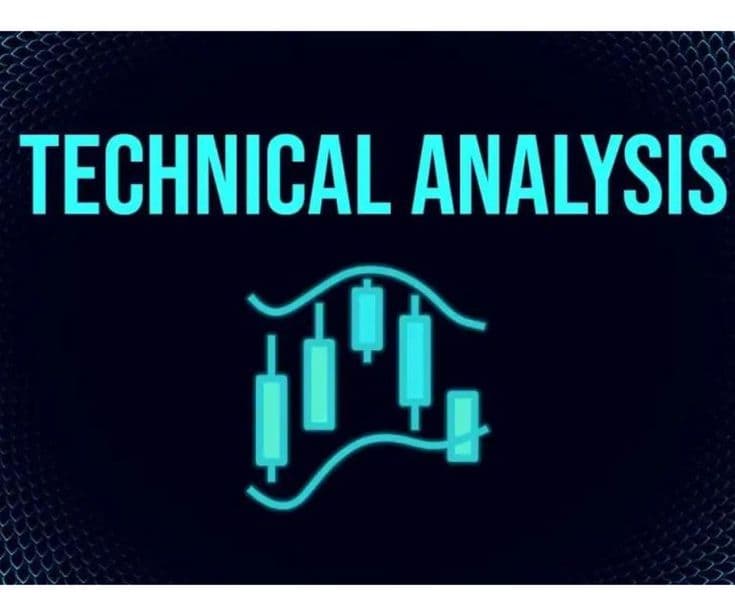NEPSE Technical Analysis: Key Support & Resistance Levels This Month
Discover NEPSE’s critical support and resistance levels this month and how traders can use them to make informed investment decisions.

Introduction: Understanding NEPSE Technical Analysis
Technical analysis is a crucial tool for investors and traders in NEPSE, helping them predict price movements and identify opportunities. Unlike fundamental analysis, which focuses on a company’s financials, technical analysis uses price charts, volume, and indicators to understand market sentiment.
A key part of technical analysis is identifying support and resistance levels:
Support – The price level where a stock tends to stop falling and may rebound.
Resistance – The price level where a stock tends to face selling pressure and may reverse downward.
This month, NEPSE traders are closely watching these levels to anticipate market movements, especially as liquidity and sector rotations affect overall trends.
Why Support & Resistance Matter in NEPSE
1. Predict Market Reversals
Prices often bounce from support or fail to cross resistance, signaling potential trend reversals.
2. Set Entry and Exit Points
Traders use these levels to buy near support and sell near resistance for optimized returns.
3. Risk Management
Stop-loss orders are often set just below support levels to limit losses.
4. Gauge Market Strength
Breaks above resistance indicate bullish momentum, while breaks below support suggest bearish pressure.
Current NEPSE Support & Resistance Levels
Disclaimer: Levels are approximate and based on recent NEPSE index data. Always combine with other indicators before trading.
NEPSE Index | Key Support | Key Resistance | Trend Signal |
|---|---|---|---|
NEPSE 2025 | 1,450 | 1,530 | Consolidation, cautious bullish |
Banking Index | 3,200 | 3,450 | Strong support at 3,200, bullish above 3,450 |
Hydro Power Index | 1,100 | 1,180 | Resistance testing, watch for breakout |
Insurance Index | 750 | 820 | Sideways, minor volatility |
Finance Index | 1,050 | 1,120 | Support holding, gradual uptrend |
Key Insights:
Banking and finance sectors remain liquid and trend-defining.
Hydro power stocks show volatility near resistance, indicating short-term profit-taking.
Insurance sector is largely sideways, suitable for conservative investors.
How to Use Technical Indicators with Support & Resistance
1. Moving Averages (MA)
50-day and 200-day MAs can indicate trend direction.
NEPSE index hovering above 50-day MA suggests short-term bullish momentum.
2. Relative Strength Index (RSI)
RSI above 70 indicates overbought conditions, signaling potential pullbacks near resistance.
RSI below 30 suggests oversold conditions, supporting buying near support.
3. Volume Analysis
Rising volume during a breakout confirms strength.
Low volume near resistance may indicate weak upward momentum.
4. Candlestick Patterns
Patterns like Doji, Hammer, or Shooting Star can confirm reversals at key levels.
Sector-wise Technical Overview
1. Banking Sector
Support: 3,200 | Resistance: 3,450
NEPSE’s largest sector, high liquidity, trend likely follows index movements.
2. Hydro Power Sector
Support: 1,100 | Resistance: 1,180
Sensitive to news and project updates; breakout above resistance could trigger momentum buying.
3. Insurance Sector
Support: 750 | Resistance: 820
Relatively stable; suitable for dividend-focused investors.
4. Finance Sector
Support: 1,050 | Resistance: 1,120
Minor uptrend with consolidation phases; watch for volume spikes.
Trading Strategies Using Support & Resistance
Buy Near Support, Sell Near Resistance
Ideal for range-bound markets, reduces downside risk.
Breakout Trading
Buy when NEPSE breaks above resistance with high volume; sell on retest failures.
Stop-Loss Placement
Place stop-loss slightly below support to avoid significant losses.
Trend Confirmation
Combine MA, RSI, and volume analysis to confirm trends before trading.
Sector Rotation Approach
Focus on sectors approaching support for value buying and sectors near resistance for profit booking.
Common Mistakes in Using Support & Resistance
Ignoring market volume and momentum indicators.
Relying solely on past levels without considering macroeconomic or sector news.
Chasing breakouts without proper risk management.
Overlooking intraday volatility; daily and weekly levels differ.
Conclusion
NEPSE’s support and resistance levels provide critical guidance for investors and traders this month. While banking and finance sectors offer stability, hydro power and insurance sectors present tactical opportunities.
Combining technical levels with indicators like RSI, moving averages, and volume can improve trading decisions.
For investors, the key takeaway is to respect market levels, manage risks, and remain informed about sector rotations and liquidity trends. NEPSE technical analysis is not just for short-term traders; even long-term investors can benefit from understanding key support and resistance levels to enhance portfolio timing and returns.